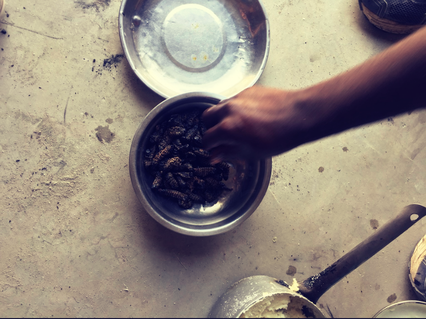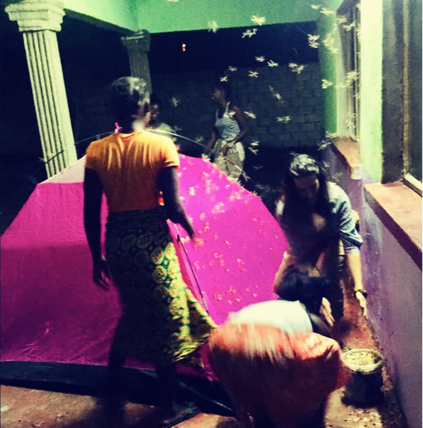baraka community partnerships
Registered in England and Wales, registration number 688 5037. Charity Number 1130756.
Facebook Find us on Facebook
Email [email protected]
Telephone 07504 987367
Facebook Find us on Facebook
Email [email protected]
Telephone 07504 987367



